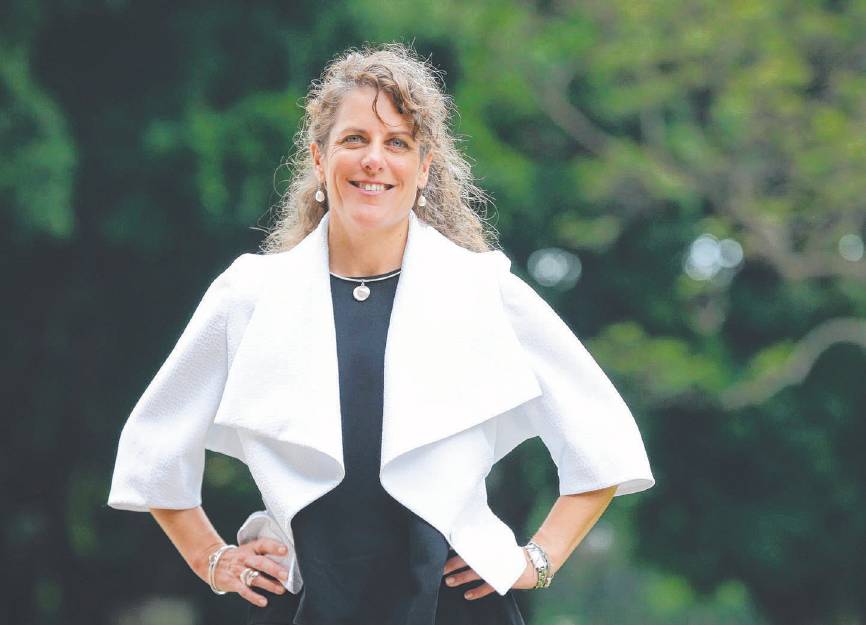Article courtesy of the Australian

Potential delays to major infrastructure projects risk derailing strong economic growth in regional Australia, as vast swathes of the population continue to move out of the capital cities.
Infrastructure Australia chief executive Romilly Made, said that an ongoing skills shortage and building material constraints had raised concerns about the deliverability of projects that were needed to support the swelling populations in regional towns.
Of the 163 unfunded projects that are currently on the government adviser’s infrastructure priority list, more than half directly benefit the regions which have seen a 200 per cent increase in net migration from the major cities since the outbreak of Covid-19.
“Will these projects that the government has based our fiscal stimulus on be delivered on time under these skills and materials pressures?” Ms Madew asked at the Future Australia roundtable on regional development.
“That is the challenge.”
The federal government in its budget last month allocated an extra $15.2bn to road, rail and community infrastructure projects as it looks to the sector to help drive an economic recovery from the pandemic. These include a $2bn upgrade of the Great Western Highway in NSW, a $2 billion investment for a new Melbourne Intermodal Terminal and $2.5bn for water-related infrastructure. And that’s on top of the $110bn previously announced 10-year program.
“We’re under this enormous pressure, because of these competing issues that will slow the delivery of the projects that the regions are relying on,” Ms Madew said.
Margy Osmond, chief executive of the Tourism and Transport Forum, also warned that the skills shortage had the capacity to “materially retard” the resurgence of growth in the regions. She called for a revamp of the visa system to attract more talent to Australia.
“We were concerned two to three years ago that there were not enough people to supply those projects with the skills needed to ensure they were delivered on time and to budget,” Ms Osmond said at the roundtable.
“It could mean that we miss opportunities, where with the right kind of skills on the ground, those regions could diversify into a whole lot of new industries.”
Both Ms Osmond and Ms Madew agreed that while the pandemic had normalised working from home and encouraged more people to move out of the cities, the surrounding infrastructure would determine whether the largest net movement of Australians since 2001 would become a temporary phenomenon or permanent structural change.
“You can definitely see this beautiful renaissance in our regions,” Ms Madew said.
“But if people don’t have access to a good National Broadband Network, healthcare, education and all the other services that they are used to in the cities, they may move back.”
A report published by Infrastructure Australia late last year found that while the infrastructure sector generally “responded well” to the challenges from Covid-19, it had also accelerated structural trends including digitisation and increased use of local and regional infrastructure.
Other findings include a 23 per cent increase in the use of national parks and green spaces nationally, a general uplift in secondhand car purchases placing more pressure on roads, spikes in telehealth consults and NBN bandwidth congestion and a 20 per cent jump in municipal waste as more people work from home.
Infrastructure Australia is due to publish two more papers on the sector’s resilience this month and a separate report in August on the strengths and weaknesses of infrastructure in regional Australia.
Ms Osmond said that the government needed to support emerging industries in the regions, especially while they wait for the agriculture sector to pick up after it had been hampered by cargo restraints from fewer planes flying.
She also noted that the state governments in their next round of budgets, many of which were ahead of an election, had to recognise that a different kind of infrastructure was needed in regional communities.
“It’s not just the big-ticket items like hospitals and airports,” Ms Osmond said.
“It’s going to be the smaller things that affect people’s way of life, like capacity in the main street of the town,” she said.
“The reasons people decide to move to a town need to be protected and understood and supported.”
While applauding a regional renaissance, the panellists recognised the devastating impact of the recent long drought and the bushfires that engulfed swathes of regional Australia, and noted the importance of building resilience into any infrastructure projects.
“The drought, the bushfires, the extreme weather events have really highlighted the importance of taking those shocks and stresses into our decision making right at the planning phase,” Ms Madew said.
